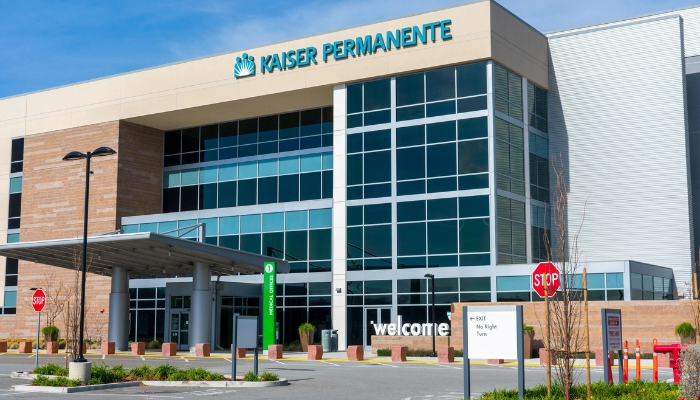AI Labor Landscape: A Gradual Transition
Anúncios
As the world grapples with concerns over the potential ramifications of artificial intelligence (AI) on employment, a recent study from MIT’s Computer Science and Artificial Intelligence Lab injects a dose of realism into the discourse. Instead of an immediate and widespread job upheaval, the research suggests that the integration of artificial intelligence into the workforce will be a gradual process, providing a valuable opportunity for policymakers to strategize effectively.

[su_button url=”https://www.nab.com.au/personal/credit-cards/qantas-rewards/nab-qantas-rewards-premium-card” style=”flat” background=”#184ca1″ size=”15″ icon=”icon: credit-card-alt”]APPLY FOR NAB QANTAS REWARDS PREMIUM CARD[/su_button]
The Economic Dimension
Central to MIT’s findings is the economic hurdle that AI must overcome to replace human workers. The study uncovers that a mere 23% of the wages currently paid to human workers in roles susceptible to AI intervention are economically justifiable for automation. This economic dimension, according to Neil Thompson, the study’s author, underscores that, at present, human labor remains the more cost-effective option.
Task-Specific Analysis
The research conducted by MIT delves into occupations identified as vulnerable to AI, particularly focusing on jobs involving computer vision. By scrutinizing current wages and estimating the costs of automation, researchers shed light on the intricate balance between human and AI involvement. For example, while AI could theoretically assume responsibilities like inventory checks in retail, the economic calculus currently favors human workers.
Gradual Disruption Dynamics
MIT’s study draws insightful parallels with historical technological transitions, likening the impending AI impact to previous shifts such as the move from agricultural to manufacturing economies. This historical perspective indicates that the disruption caused by AI in the job market will likely manifest gradually rather than abruptly. This gradual trajectory offers stakeholders, including policymakers, businesses, and workers, the opportunity to adapt thoughtfully to the evolving landscape.

Policy Considerations
With the International Monetary Fund sounding the alarm about a potential 40% global job impact from AI, policymakers are tasked with addressing resulting inequalities. MIT’s research contributes a quantitative foundation for understanding the pace of worker displacement. This insight is instrumental in formulating robust plans for retraining initiatives and establishing social safety nets that can effectively mitigate the adverse effects of AI-induced disruptions.
Navigating the Future
In conclusion, MIT’s comprehensive study enriches the ongoing conversation about AI’s influence on the labor market. By emphasizing the intricate interplay of economic factors and shedding light on the gradual nature of AI-induced disruptions, the research provides stakeholders with valuable insights. Navigating the future of work in the age of AI requires a balanced understanding of both the potentials and limitations of automation, ensuring a smoother transition for all involved.
See also: Wall Street ‘s Expectations and the Fed’s Caution
[su_button url=”https://www.nab.com.au/personal/credit-cards/qantas-rewards/nab-qantas-rewards-premium-card” style=”flat” background=”#184ca1″ size=”15″ icon=”icon: credit-card-alt”]APPLY FOR NAB QANTAS REWARDS PREMIUM CARD[/su_button]






